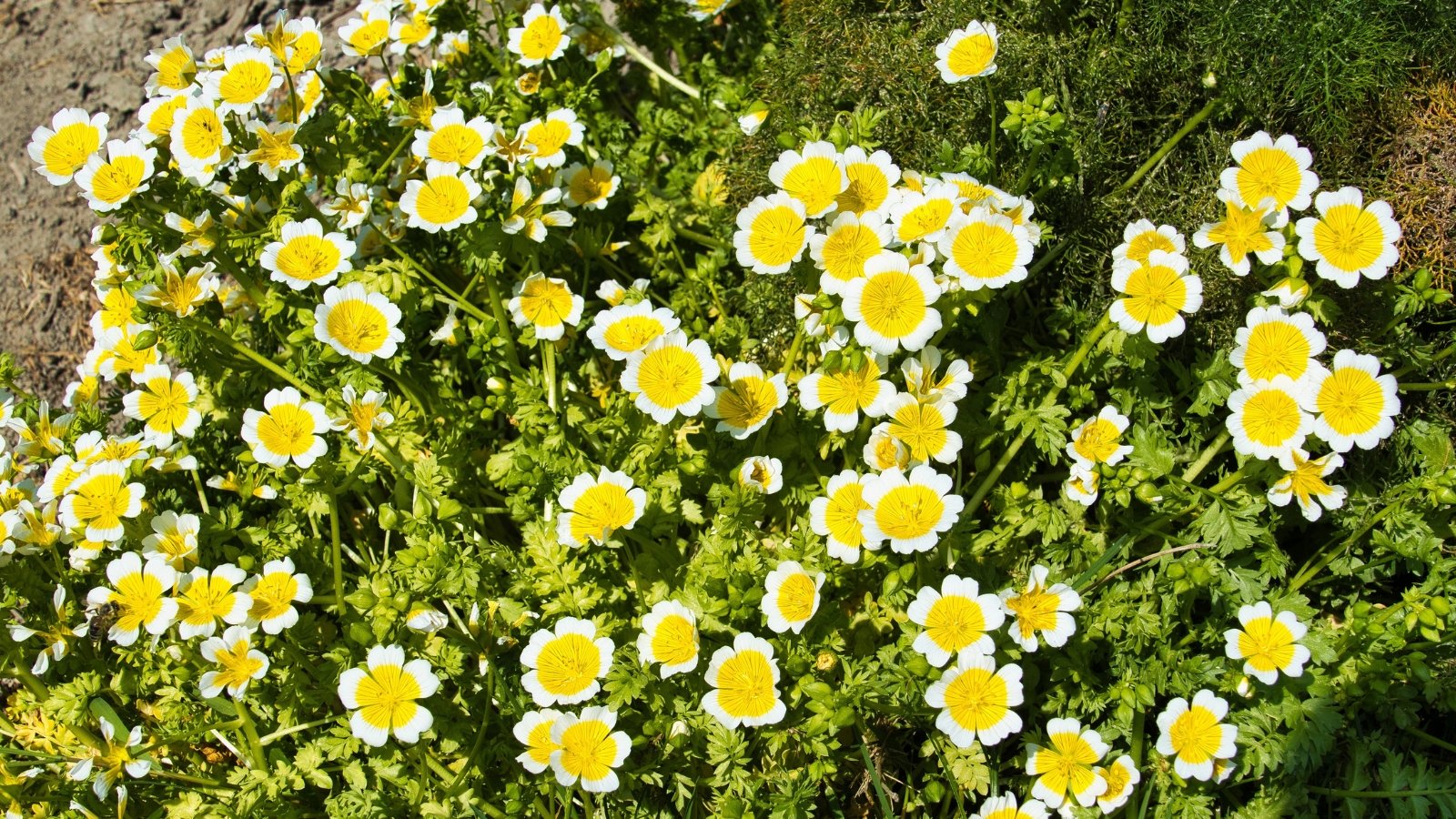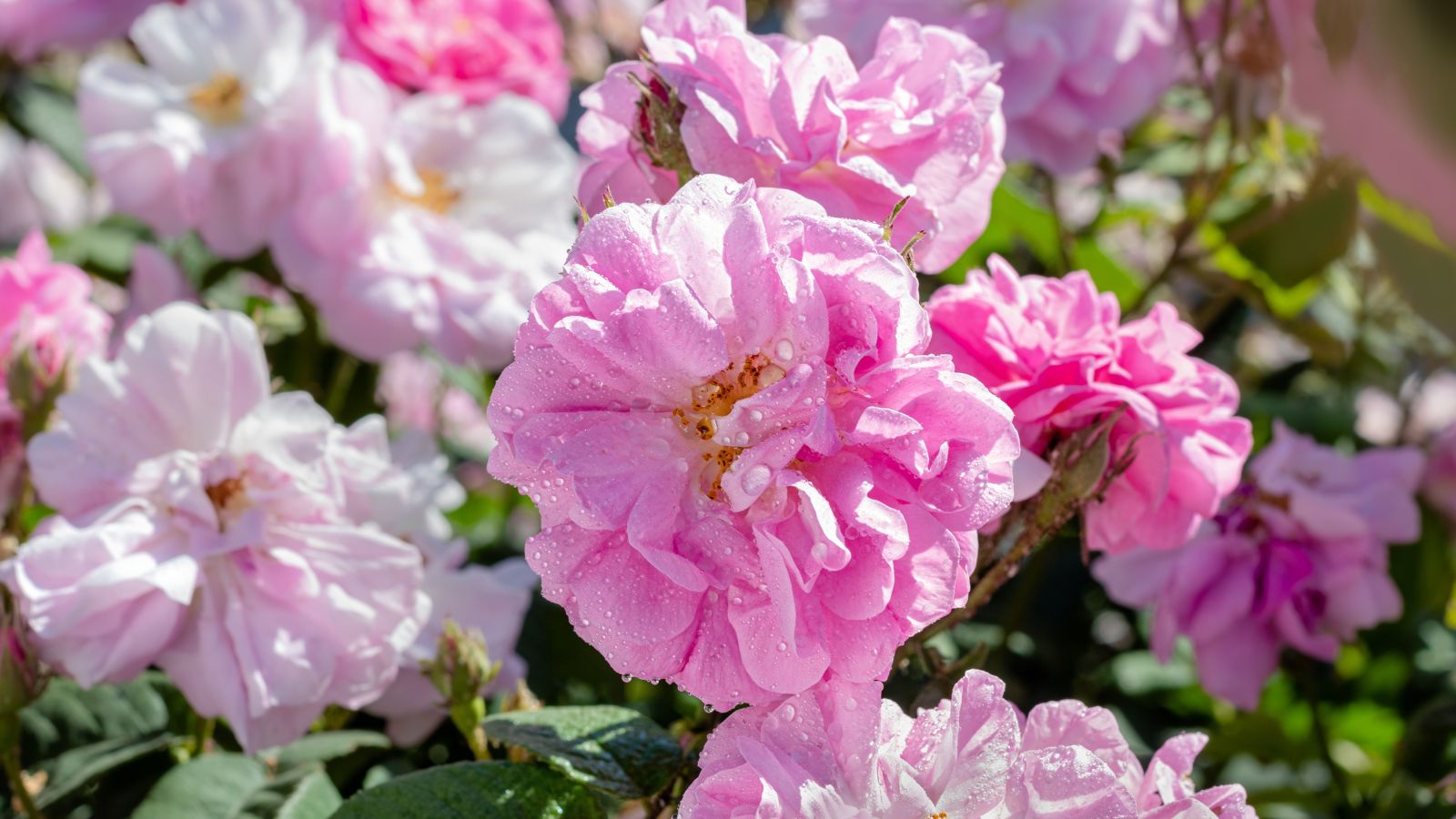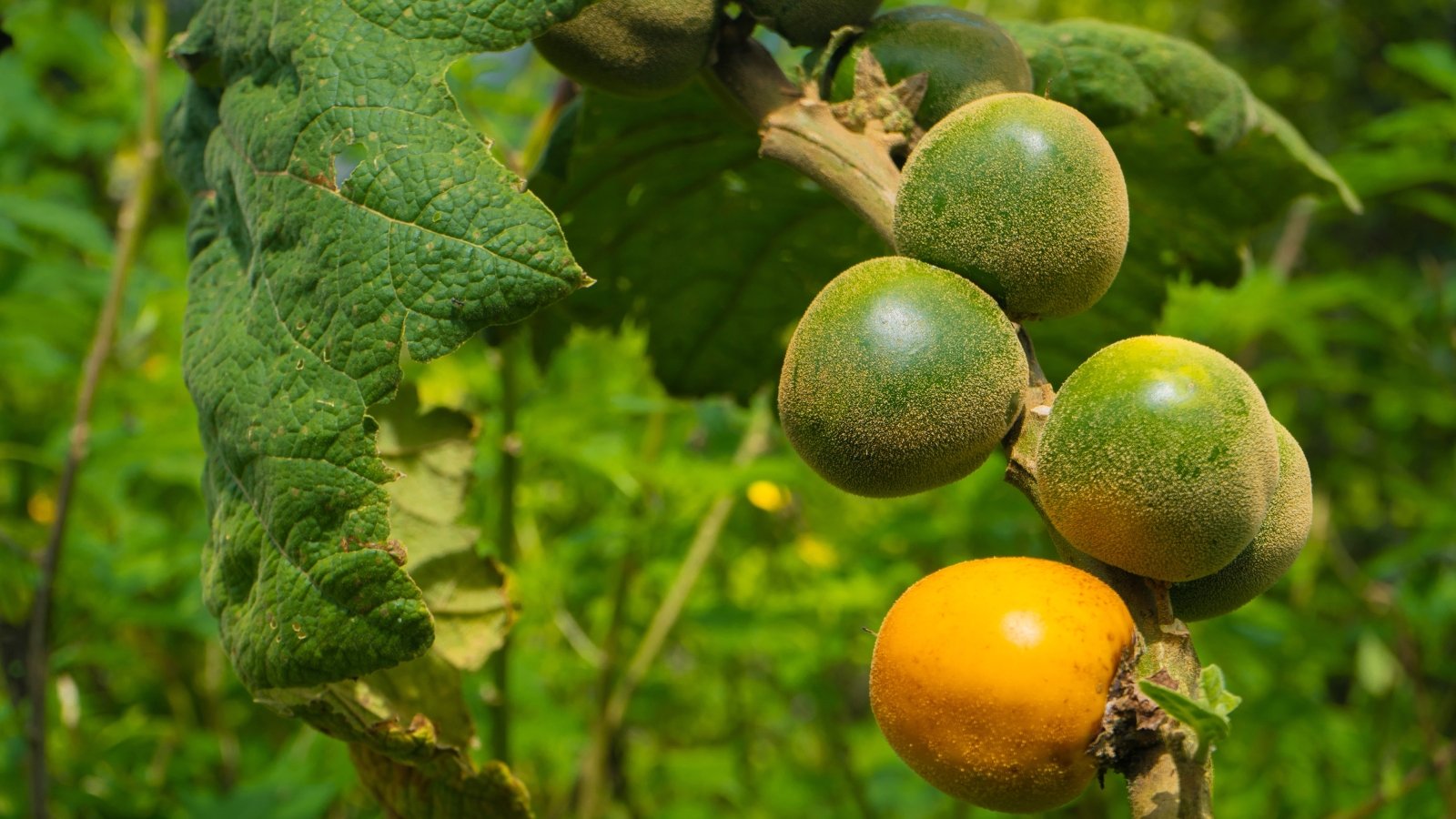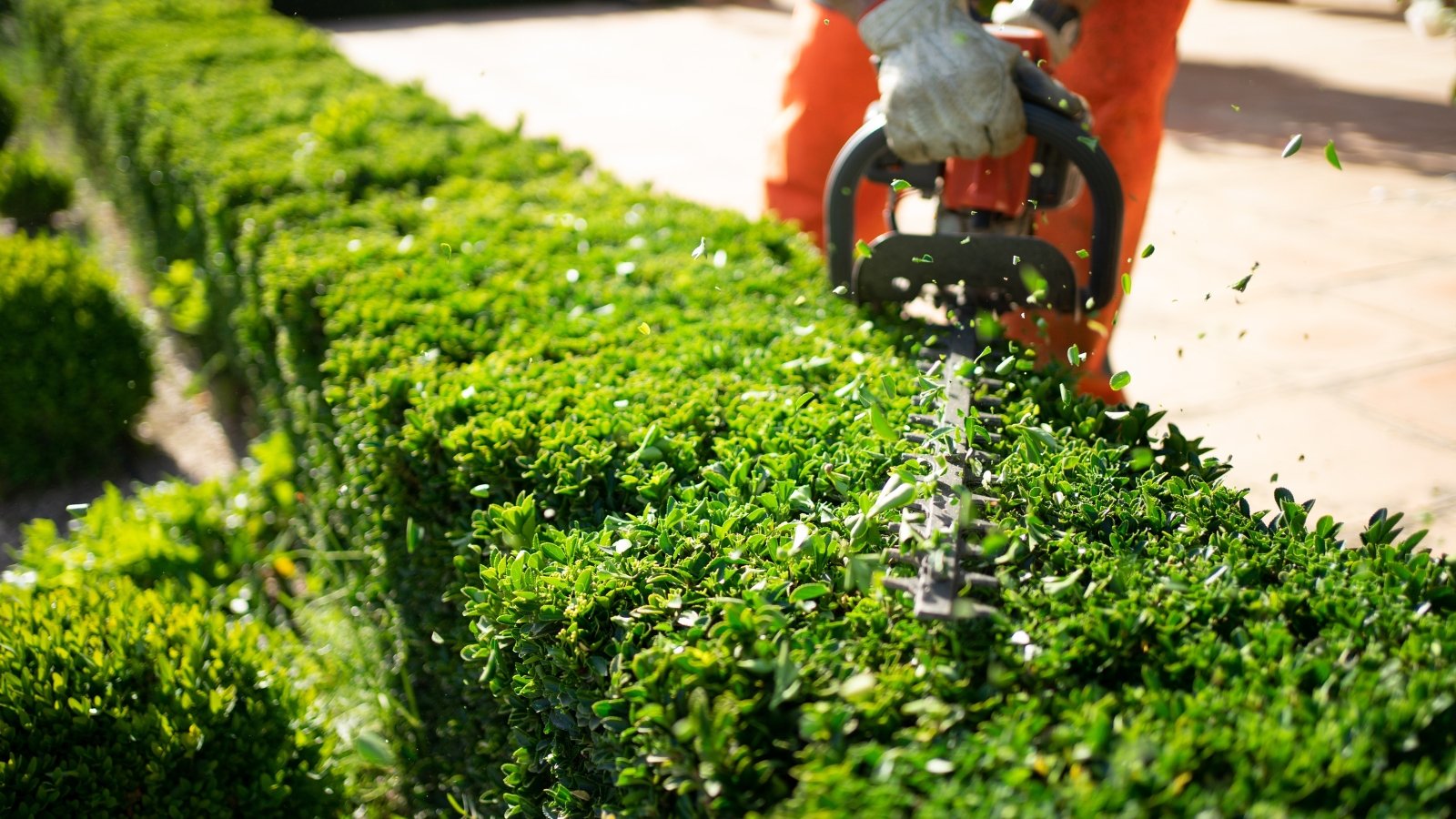
How and When to Trim Your Hedges
[ad_1]
Hedges need maintenance to develop robustly and keep their kind. An enormous part of this maintenance is trimming. This easy methodology controls their improvement and retains them healthful.
Healthful hedges current the proper pure boundaries in your home and yard, so conserving them trimmed and cared for is important. Everytime you trim your hedges, you’re containing their improvement by flippantly pruning new improvement that’s decrease than a 12 months outdated. This not solely preserves their kind and measurement nevertheless encourages dense foliage to develop in path of the middle of the plant.
There are only a few mandatory points to consider to care in your hedges the appropriate strategy and steer clear of widespread errors. Let’s take a look at 11 steps to trim your hedges so that they preserve placing and vigorous for years.
Felco 701 Yard Gloves


Lightweight and comfortable, these gloves comprised of knitted HPPE fiber guarantee extreme resistance to slicing. The fingers and palm are coated with nitrile rubber to supply fantastic grip and higher vitality. Supreme for actual pruning work by winegrowers, panorama gardeners, fruit growers or nurserymen.
Step 1: Gather What You’ll Need


Sooner than you begin, guarantee you’ve got the instruments you’ll need. This consists of slicing devices, safety instruments, and cleaning devices. Beneath are just some examples of what you’ll need.
- Good-quality boots
- Thick gardening gloves
- Safety goggles
- Ear plugs or noise-canceling headphones
- Power trimmer, hand sheers, and clippers
- Loppers or a chainsaw (for thick improvement)
- Stakes and strings
- Materials baggage, tarps, or outdated sheets (for amassing the trimmings)
- Sturdy rake
- A great deal of water and sunscreen
Step 2: Understand Your Crops
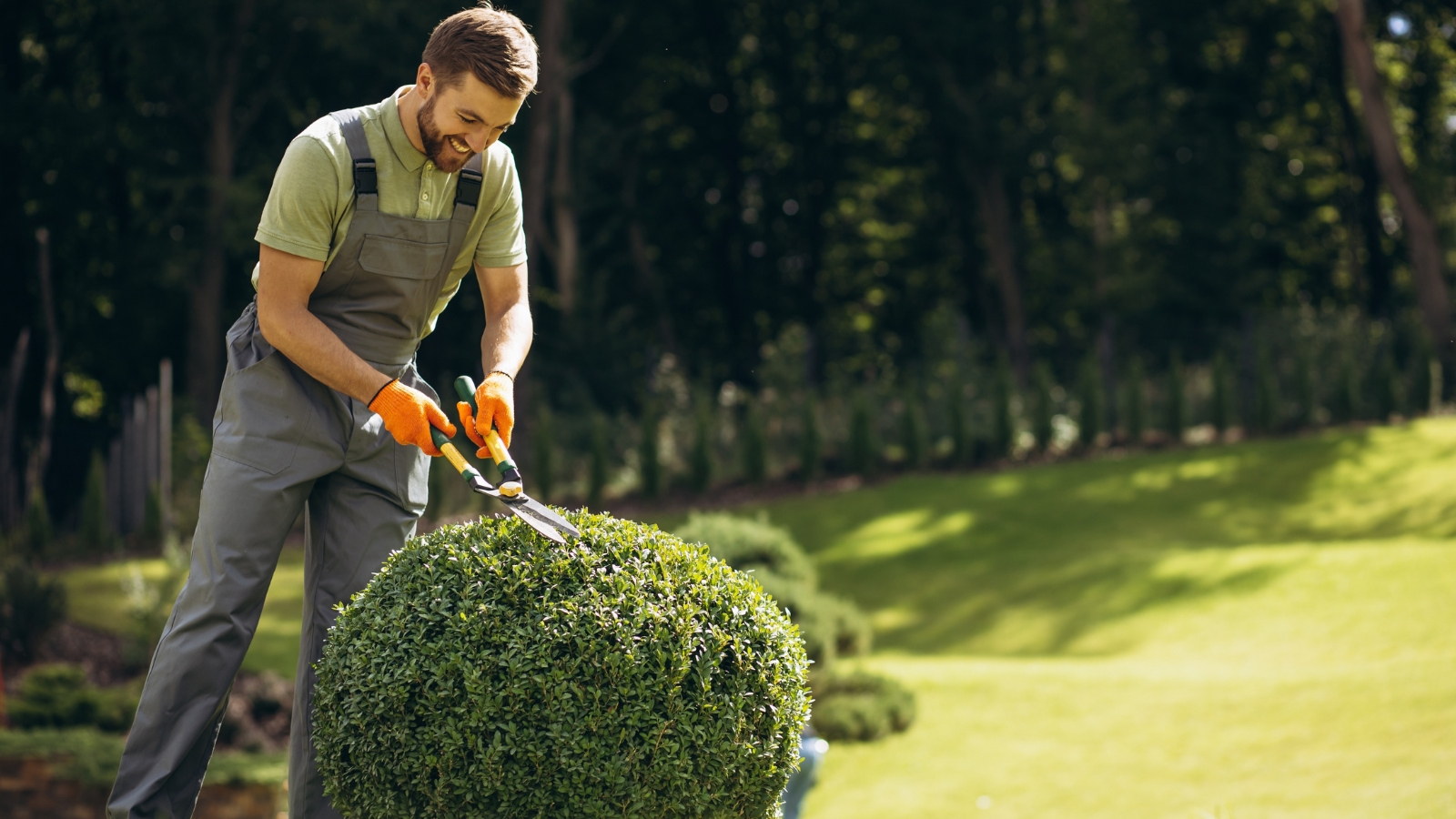

The second step to effectively trimming is determining what you’re trimming throughout the first place. Gardeners sometimes overlook this seemingly easy step.
Hedges may very well be deciduous or evergreen timber or shrubs. Some are hardier than others and may very well be trimmed further steadily. The time you trim will rely upon if and as soon as they lose their leaves, the time they positioned on new improvement, and totally different elements resembling as soon as they fruit and within the occasion that they’re home to any animals.
In case your yard or yard has quite a lot of species rising collectively, it is best to offer each plant its private maintenance routine. This way, each hedge will develop evenly and preserve healthful regardless of the season.
Step 3: When You Must Trim
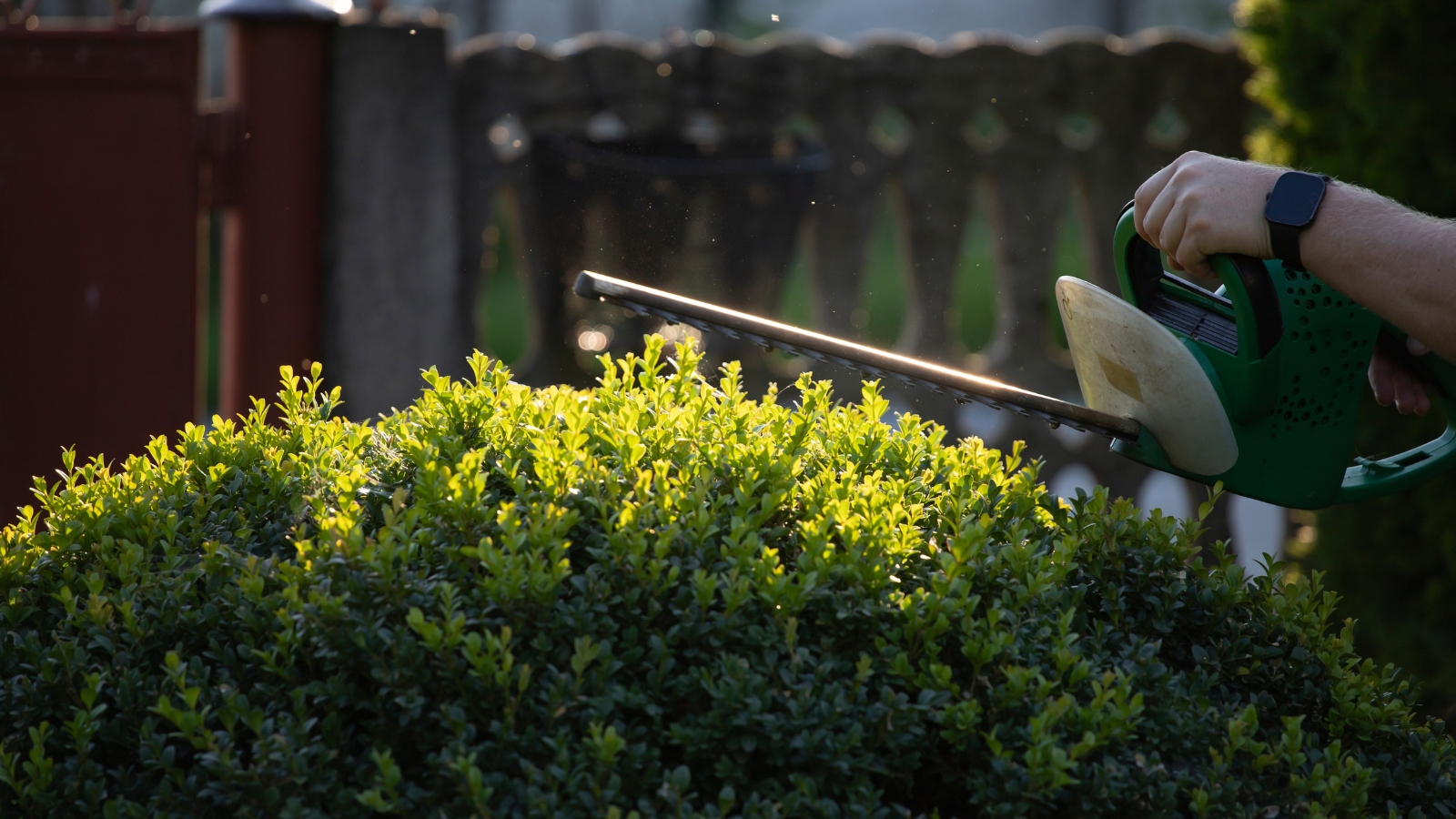

Each plant species has a brilliant season for trimming. For a lot of vegetation, it’s best to trim sooner than the summer season season, shortly after the ultimate frost. Counting on the native climate of the place you reside in North America, this can be as early as February or as late as Might.
By timing your trimming, you’ll give them the right amount of time to take in nutritional vitamins and daylight for model spanking new improvement and by no means stress them out. Beneath are just some tricks to adjust to for a number of forms of widespread hedge vegetation.
Evergreens
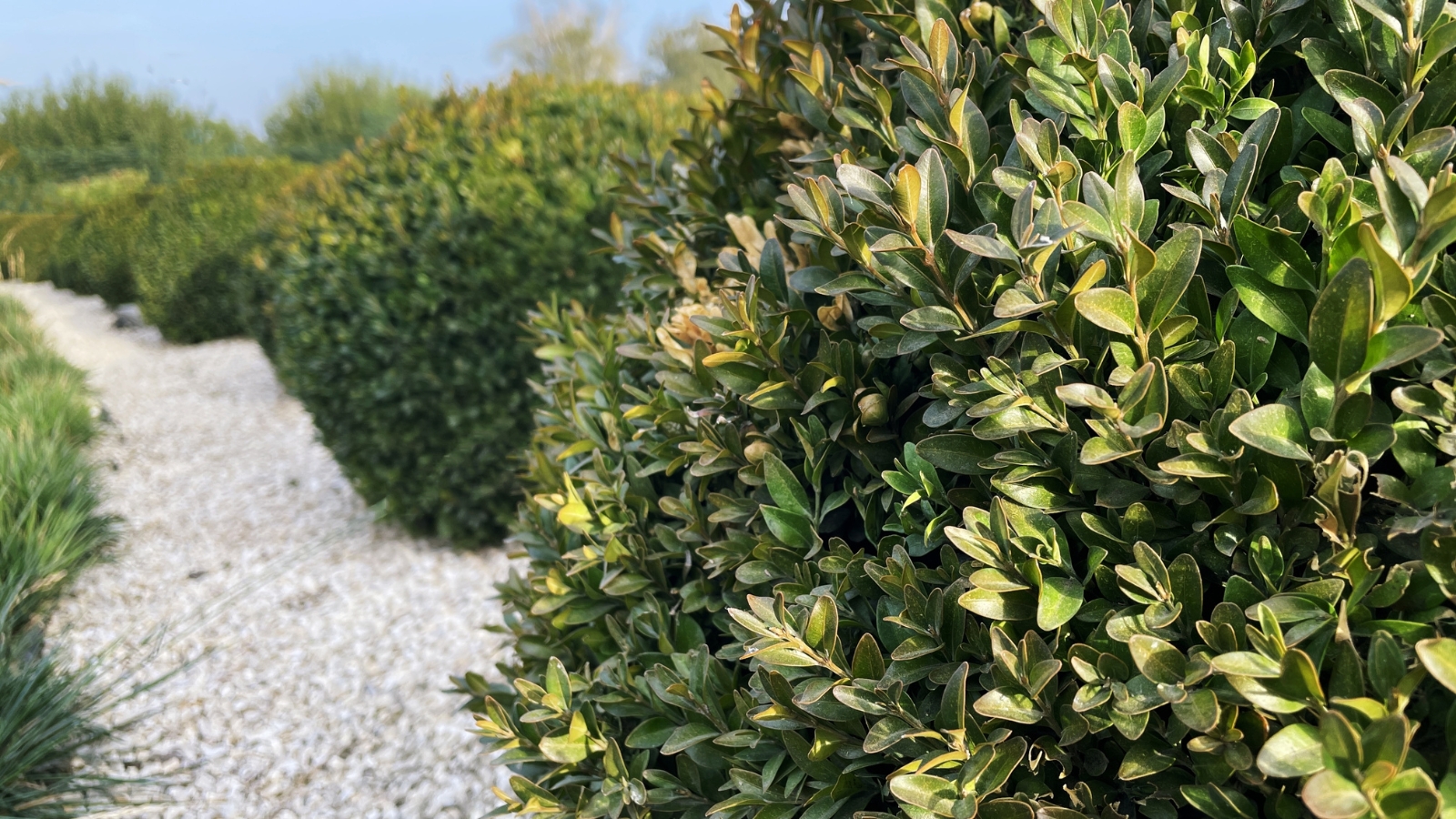

Evergreens resembling cedar, boxwood, and emerald inexperienced arborvitae should be trimmed in early spring, merely after the ultimate frost and sooner than they positioned on new improvement. This will likely encourage new shoots to develop merely because the occasions get longer and the possibility of frost harm subsides.
Frivolously prune your timber and shrubs all by way of the summer season season to cut back down on overgrowth and keep them evenly fashioned. On a regular basis confirm for nests sooner than pruning in summer season season to steer clear of disturbing them, as these vegetation make the correct habitats for birds and plenty of totally different animals.
Flowering Shrubs
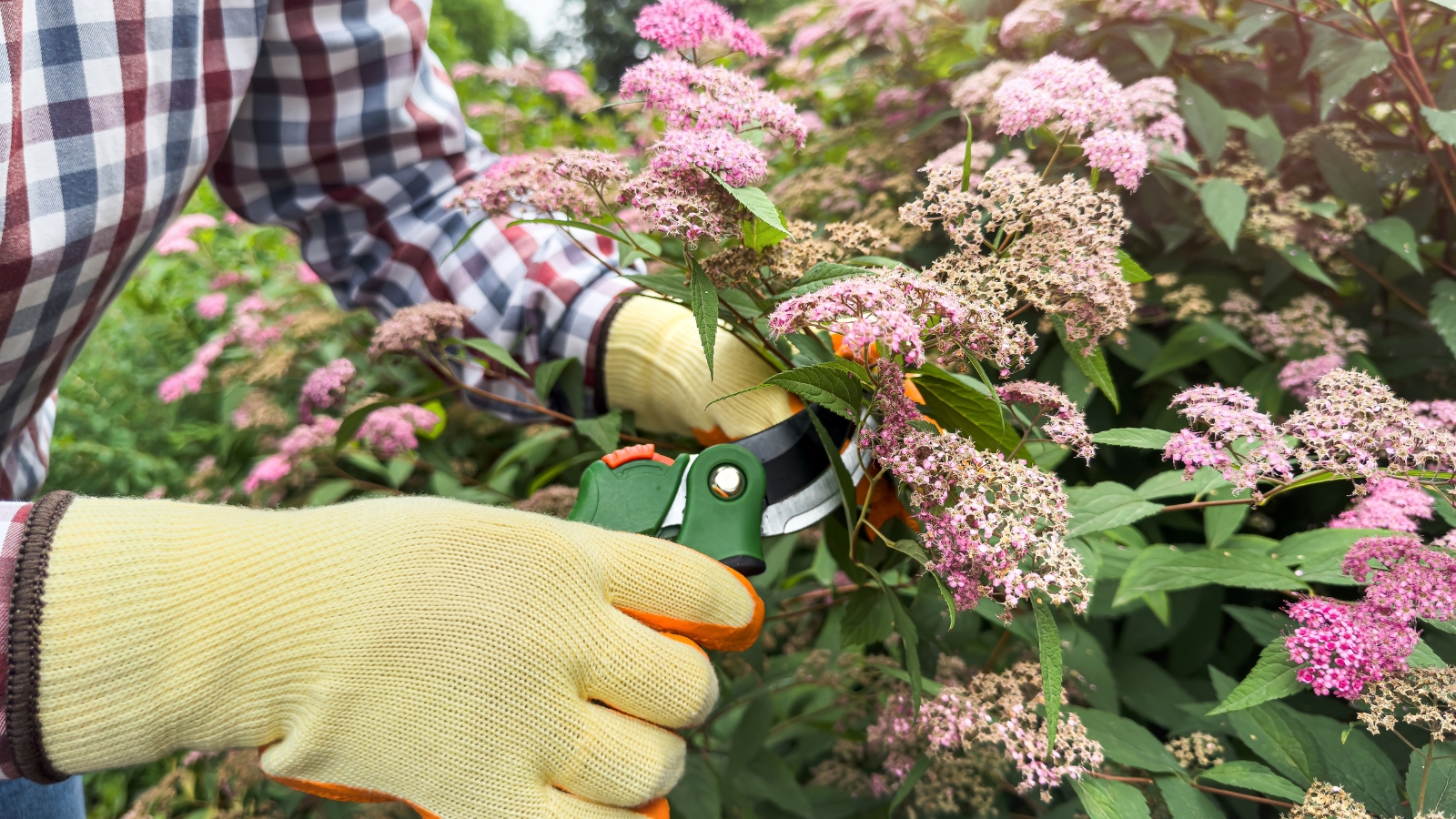

Flowering shrubs resembling hydrangeas make gorgeous hedges. For these vegetation, time your trimming spherical their blooming events. No matter as soon as they flower, trim them shortly after they finish blooming.
Be careful to not cut back your flowering shrubs too early or too late. This would possibly cease them from flowering in the middle of the next season.
Deciduous Timber and Shrubs


Trim deciduous timber and shrubs as soon as they’re dormant in late winter and early spring. When the vegetation are ready, they’re going to produce new improvement throughout the areas you trimmed.
Fruit Timber
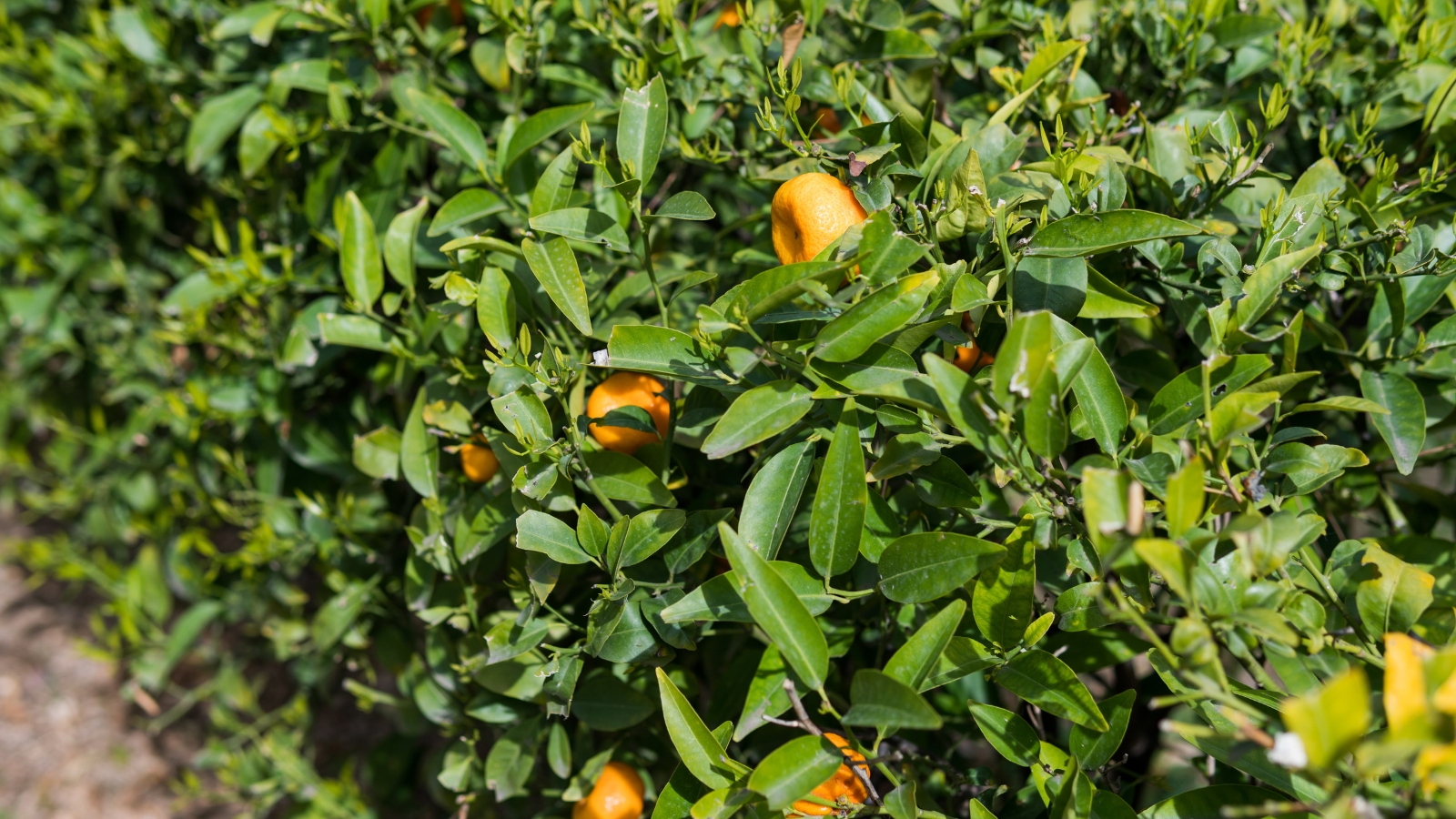

Some fruit timber, resembling figs and citrus, make fantastic pure obstacles in your yard. It’s best to trim them in late winter or early spring sooner than they flower. Within the summertime, flippantly prune areas of latest improvement to take care of them wanting even.
Step 4: Take a look at for Animals
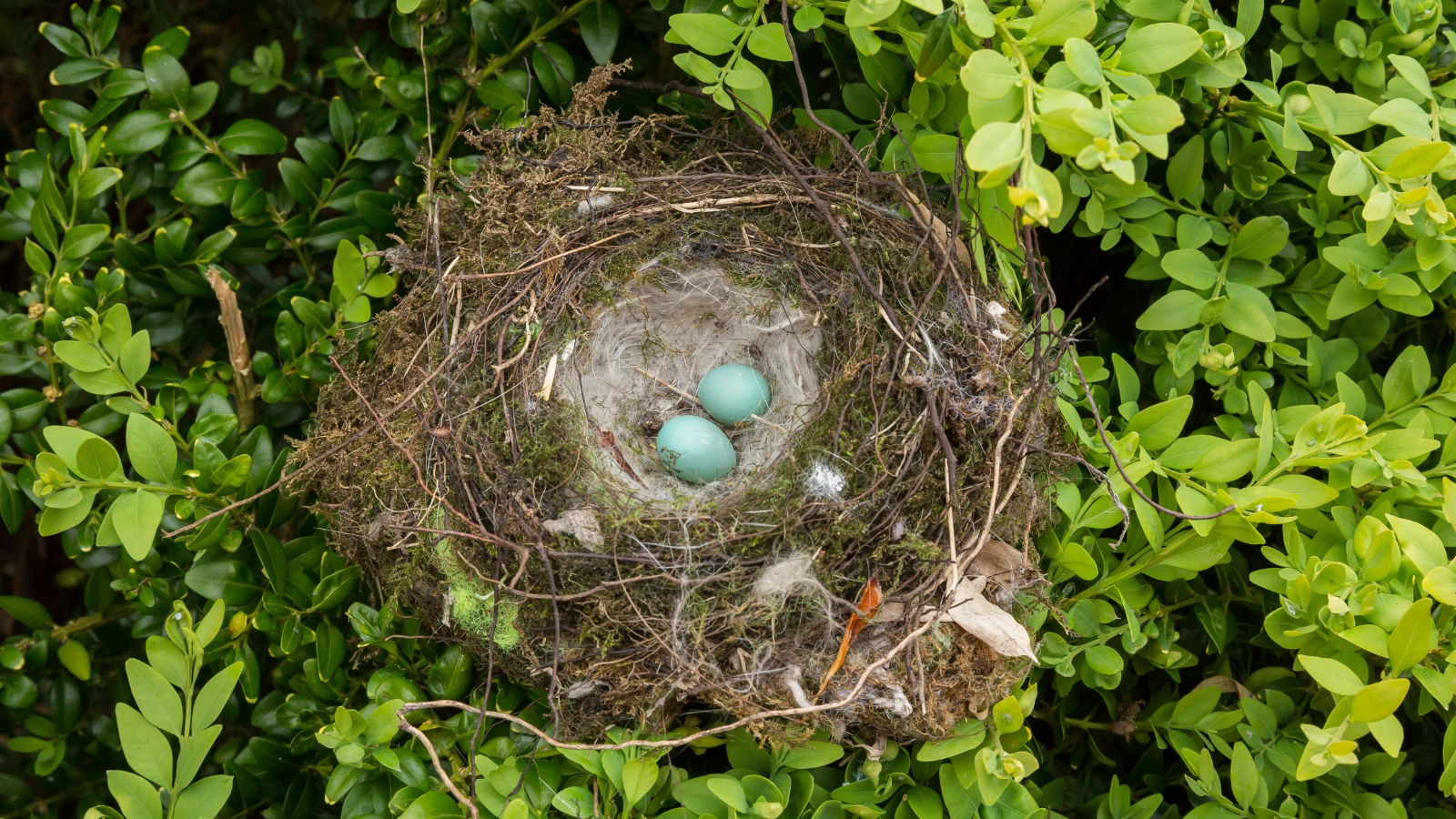

As talked about sooner than, hedges make good homes for birds and totally different wildlife. To steer clear of disturbing a nest, rigorously confirm inside your plant’s dense foliage for nests or indicators of animals in late spring and summer season season.
For individuals who see an energetic nest, depart it alone until the animals are gone. This will likely sometimes take quite a lot of months, so be affected individual and confirm on the animals often. As quickly as they depart, you’re good to go.
Step 5: Analyze Their Kind and State of affairs
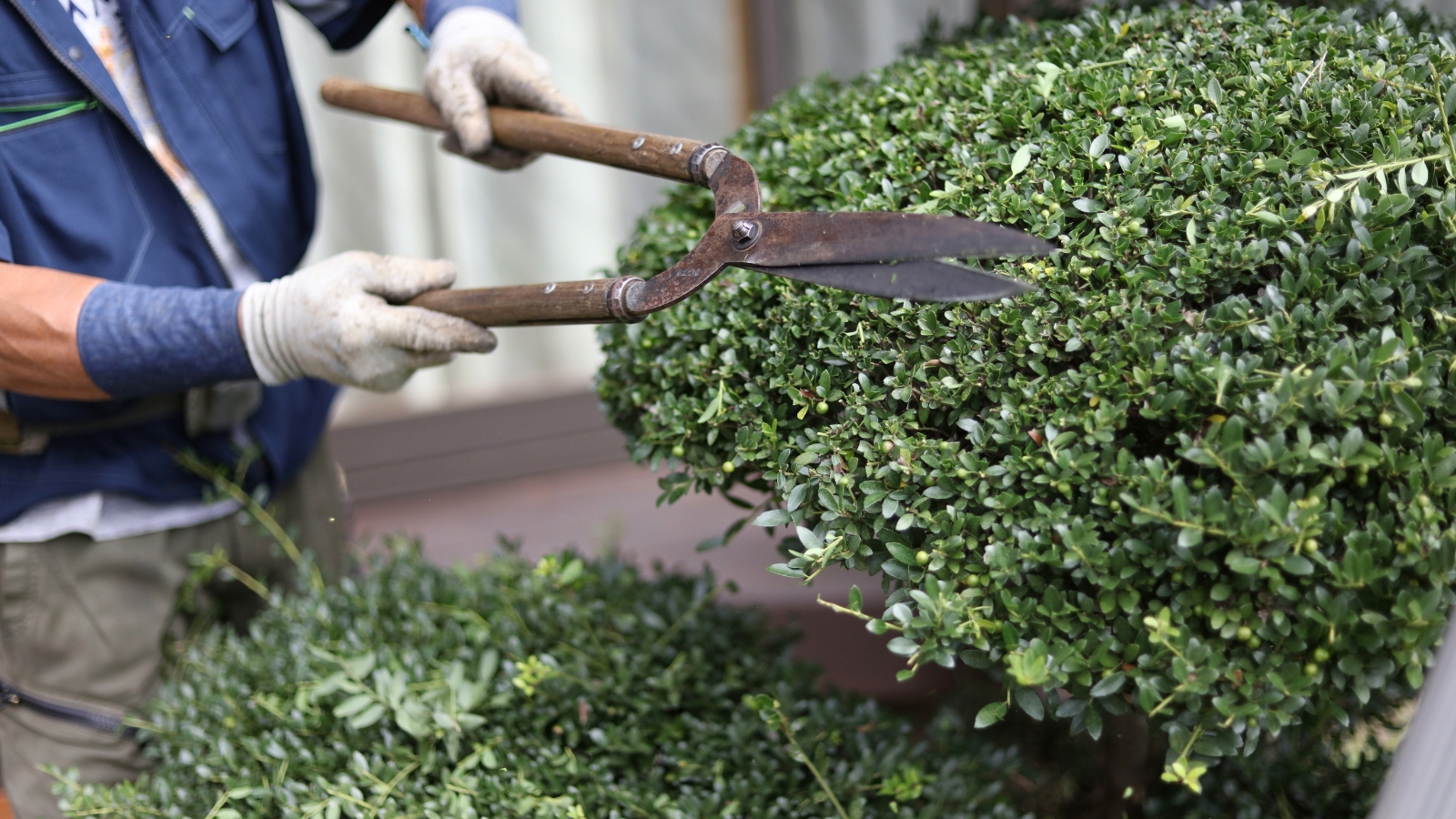

Sooner than trimming your hedges, confirm each plant’s kind and scenario. For individuals who see any indicators of illnesses or pests, it’s a superb time to take discover and take care of your vegetation accordingly.
Stroll throughout the sections you propose to cut and seek for areas that develop faster than others. Take a look at for any bare foliage throughout the bottom of your vegetation and remove ineffective branches and twigs.
Step 6: Set Up Your Base Markers


Hammer in straight markers or stakes on the bottom of your vegetation the place you want the sting to be. The markers should be merely contained within the longest branches protruding from the underside. You must make the most of one stake on each side of the half.
Run a line or two of taut string between the stakes as a info. This will likely keep you contained in the boundaries and forestall you from slicing an extreme quantity of. Try this spherical each half you’ll want to trim.
Step 7: Resolve What Sorts of Hedges You Want
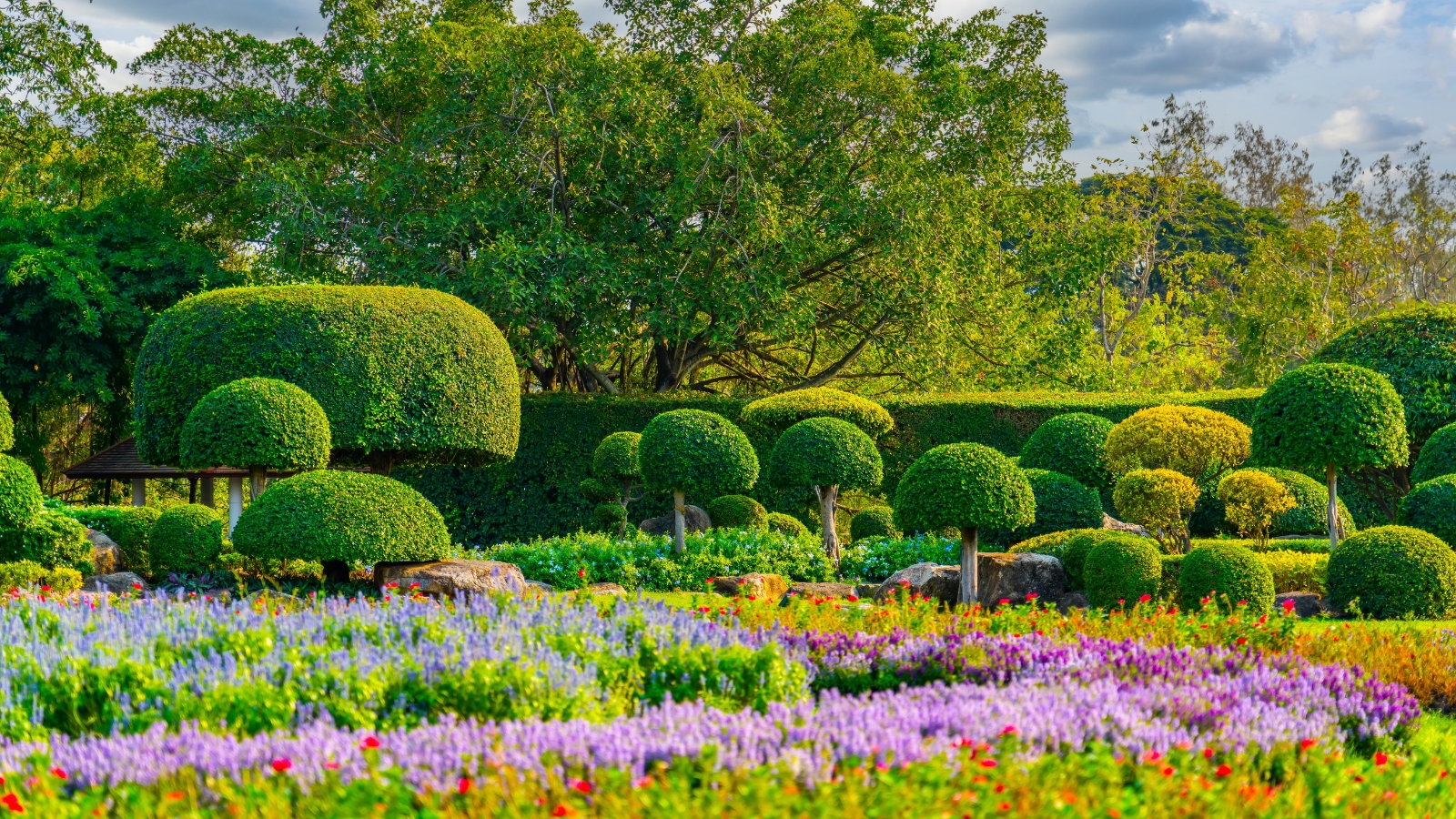

There are two types of hedge designs that gardeners choose to cut. Each one has its perform and can rely upon what you want in your yard.
Informal Hedges
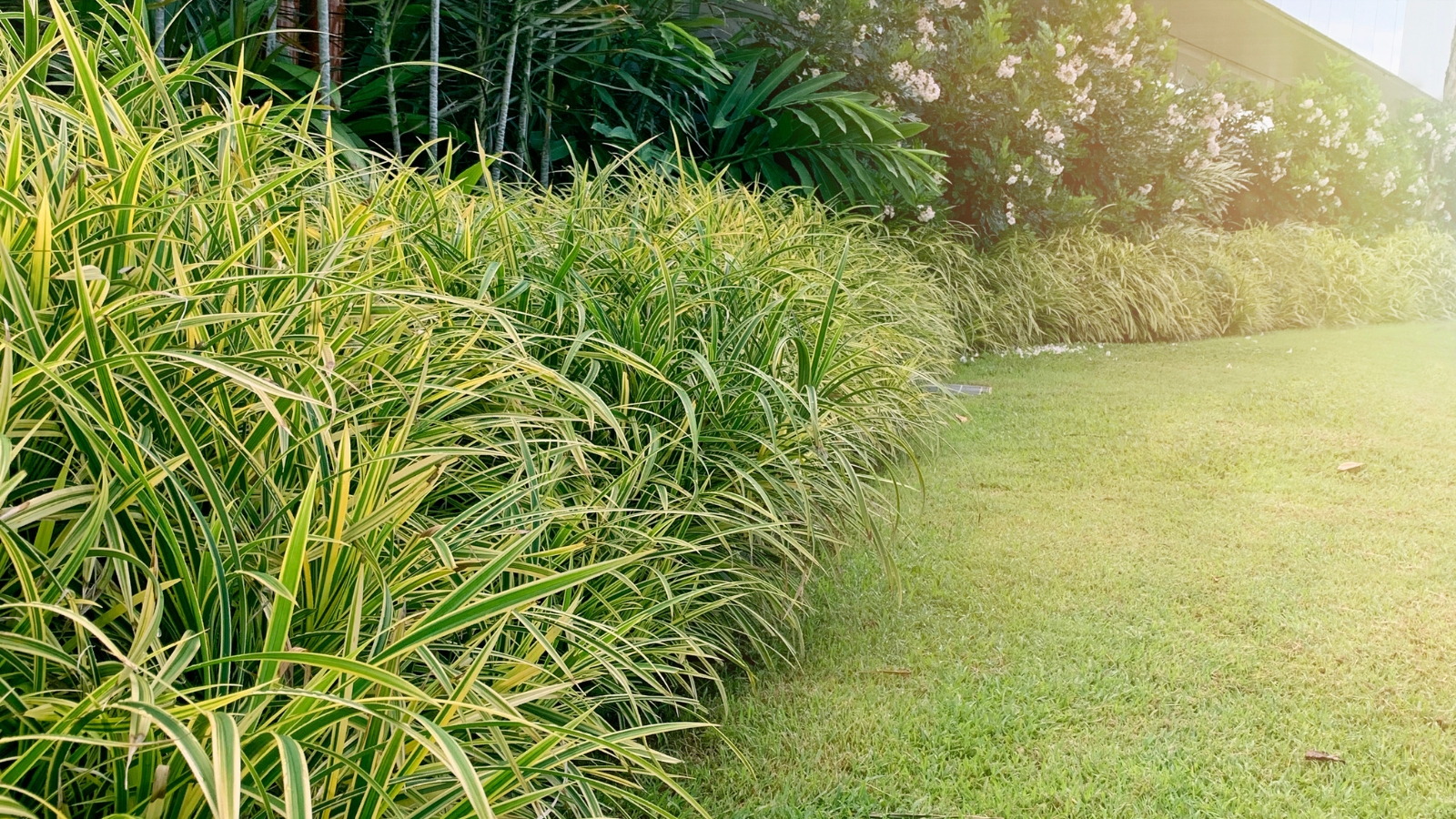

Informal sorts are the very best to cut. What makes them informal are the free boundaries and options that you need to trim. Choose these hedge designs in order so as to add a softer and additional pure look to your vegetation.
Formal Hedges
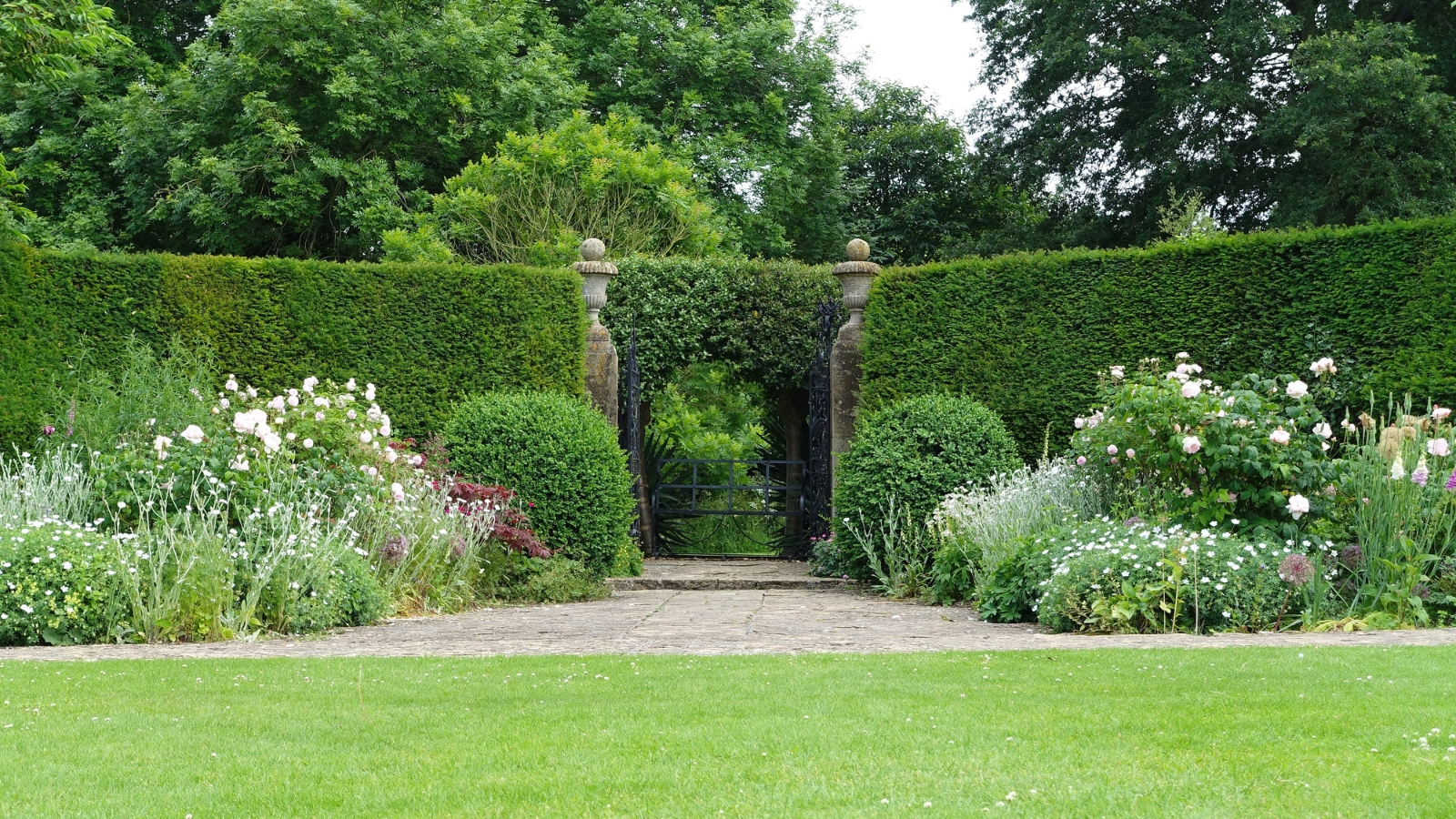

Formal sorts are cut back to create sharp traces and shapes, along with spheres and cubes. Choose these designs should you want a further rigid seek for your vegetation and clear boundaries in your yard.
These designs need further pruning to take care of their kind. In the midst of the summer season season, after checking for nests, merely trim the areas of overactive new improvement alongside together with your hand pruner.
Topiary


Topiary is an superior sort of hedging that trains your vegetation to sort intricate shapes, geometric figures, and even figures like faces and animals as they develop. One of these hedging takes time to good, nevertheless appears to be excellent.
Like formal hedges, topiaries need fastened pruning to deal with their look. Among the best methods to do this is by clipping branches and leaves that start to stay out all by way of the season. This encourages new improvement in direction of the center of the plant, conserving it dense and utterly fashioned.
Step 8: Get Capable of Trim
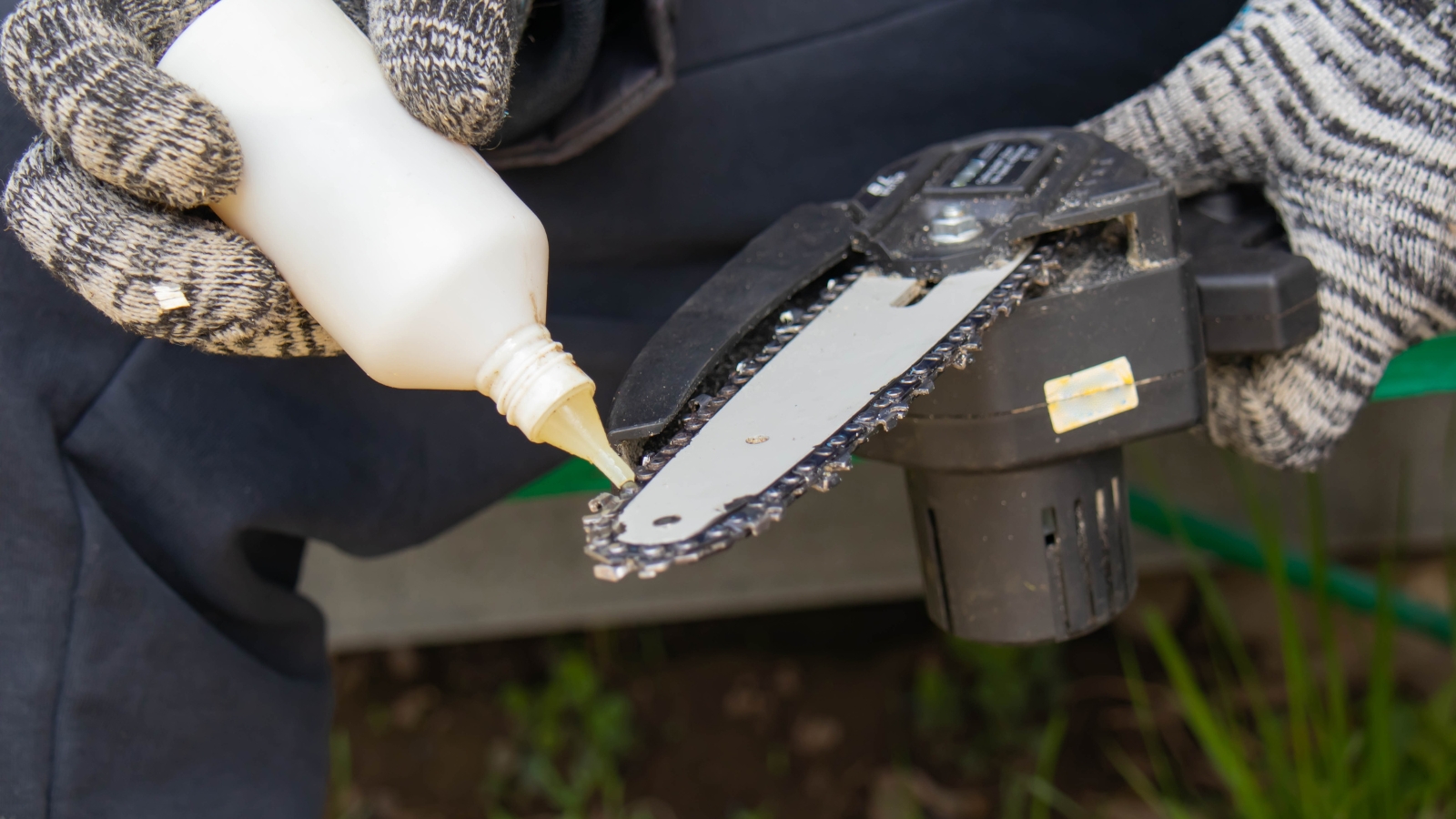

Sooner than you begin, make sure your instruments is ready. Take a look at that your vitality trimmers, hand pruners, and sheers are well-lubricated, sharpened, and clear.
Make a tips sooner than you begin, and start getting ready. Scout for any obstacles in your strategy and organize canvas baggage beneath your vegetation to collect the trimmings.
Step 9: Work Your Methodology Up From the Bottom
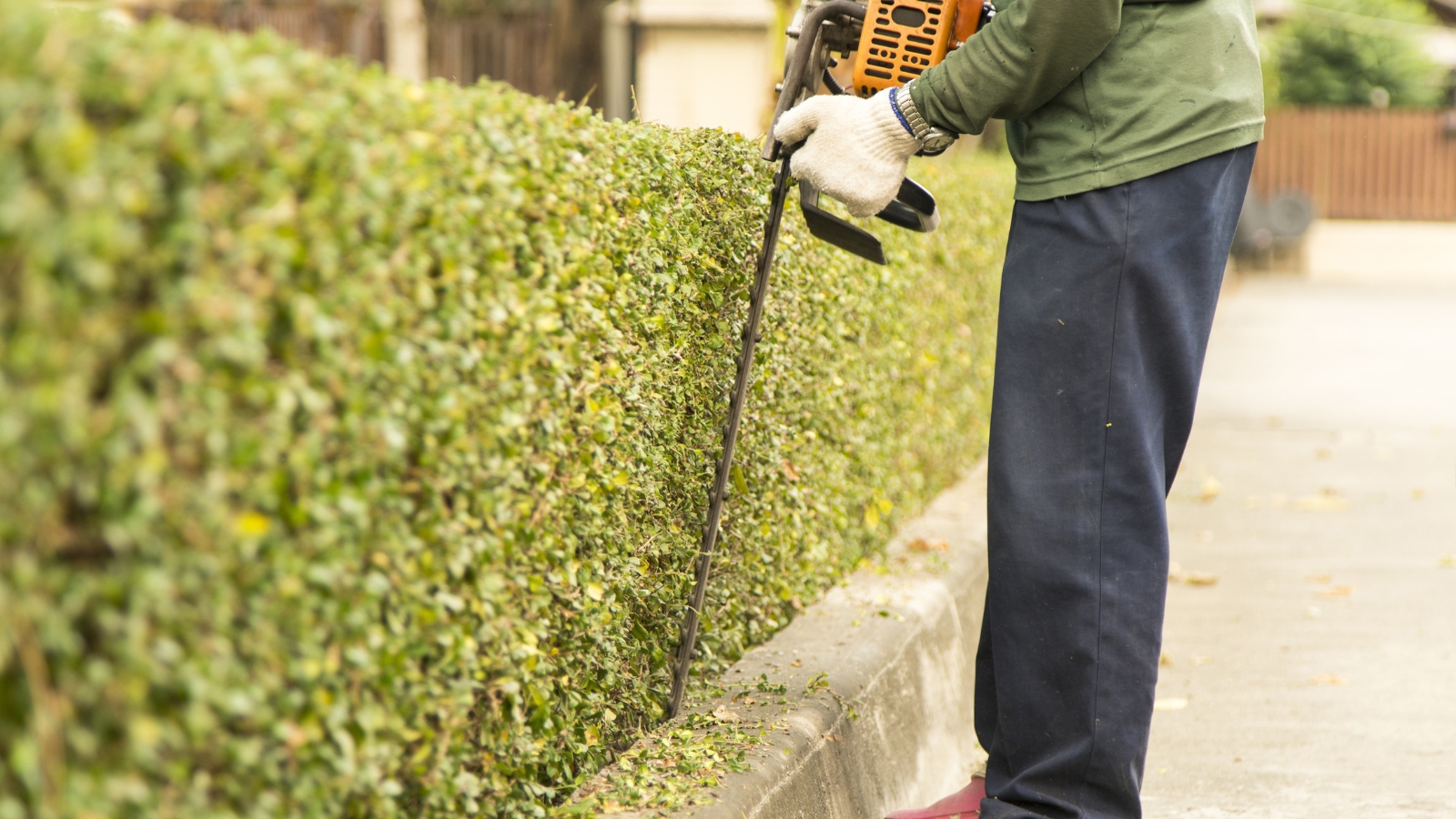

Begin by slowly slicing your vegetation from the underside up alongside together with your blades parallel to the edges of your vegetation. Slowly progress your slicing parallel alongside together with your straight marker info or stakes.
Safety is the precept trigger why slicing from the underside of your plant to the very best is important. For individuals who’re using an affect trimmer and it’ll get caught on a division, forcing it down may set off you to lose administration. That is among the many foremost causes of utmost accidents when trimming hedges.
Switch slowly and take off considerably improvement at a time. For individuals who come all through branches which may be too thick for sheers or vitality trimmers, consider using loppers or a chainsaw to cut the thicker improvement sooner than ending alongside together with your lighter instruments.
Step 10: Taper Your Hedges
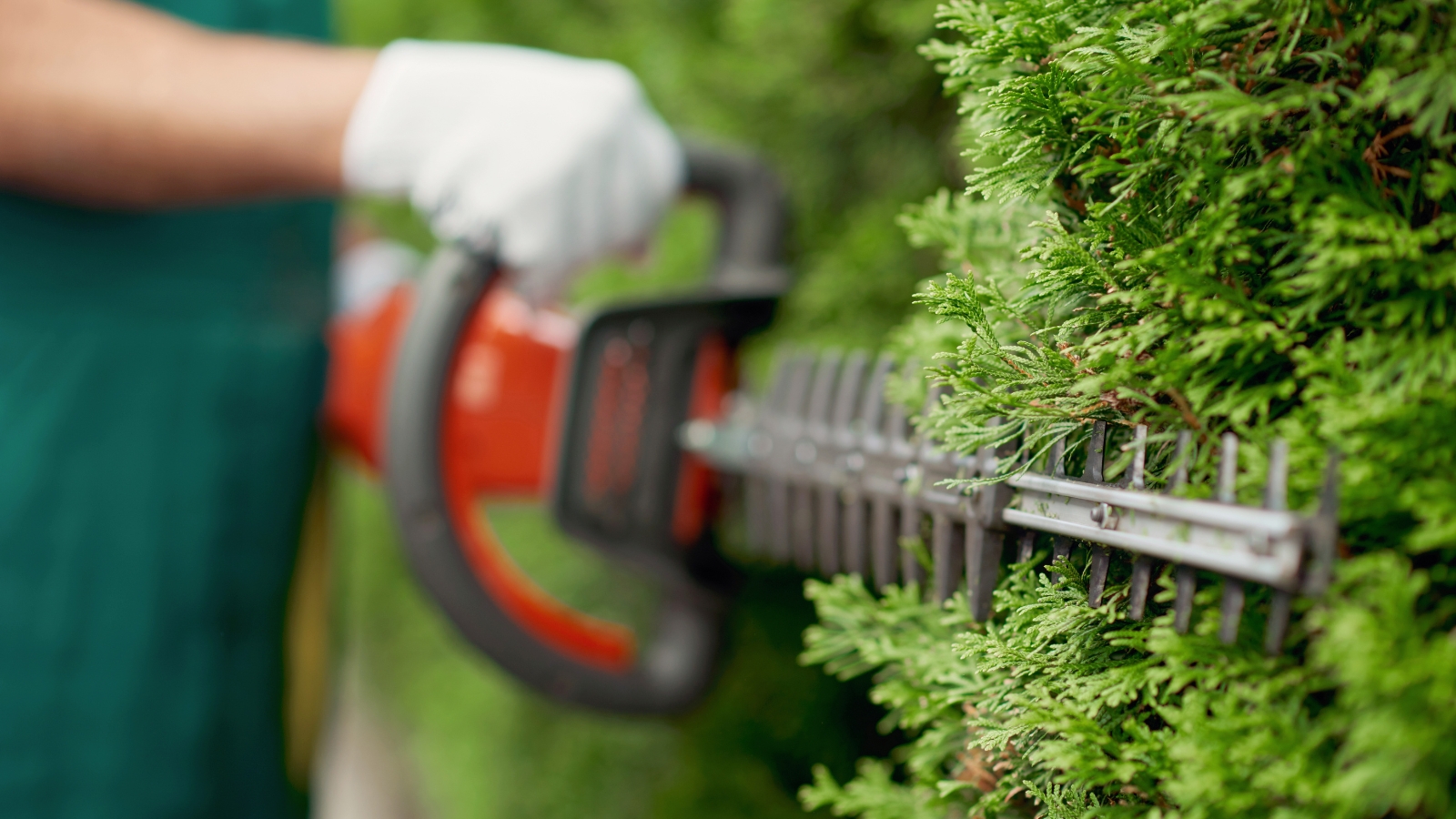

Taper taller shrubs in path of the very best so the base is on a regular basis wider. This not solely retains your vegetation wanting good nevertheless lets daylight penetrate deep into the underside foliage, conserving the lower branches healthful.
For individuals who keep in chilly climates with an entire lot of snow, having a tapered prime makes it less complicated to remove heavy snow piles. If in case you’ve got a flat prime, snow will accumulate and overwhelm your vegetation, which can break branches and even snap all of the hedge.
Step 11: Take a look at Your Work Incessantly


After trimming each half, stop and confirm your hedge’s kind. Make certain that it’s aligned alongside together with your markers and there’s no uneven improvement.
Stand at utterly totally different angles and distances to notice any irregular shapes or cuts. After assessing your progress, go in for a further go and repeat this step until you’re accomplished.
Step 12: Clear up Your Trimmings
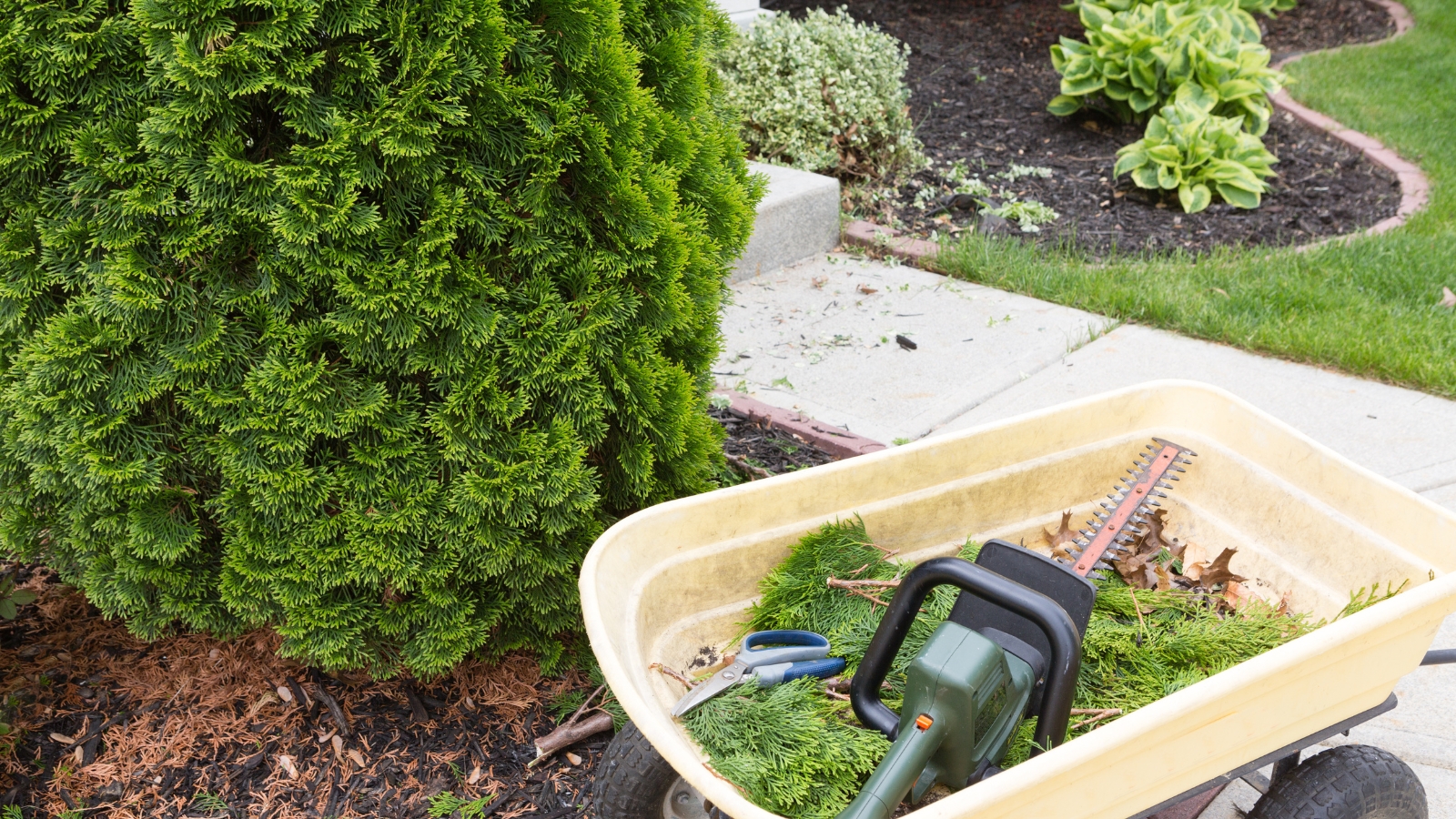

Rake any further leaves and branches into your trimming piles over your tarps or baggage. Merely bundle up your hedge trimmings and carry them away.
One good gardening tip is instead of disposing of your clippings, try using them in compost. Combine your hedge clippings with grass clippings and totally different pure provides to get a rich darkish compost over time that you must use as a fertilizer.
Step 13: Take a look at on Your Hedges Generally
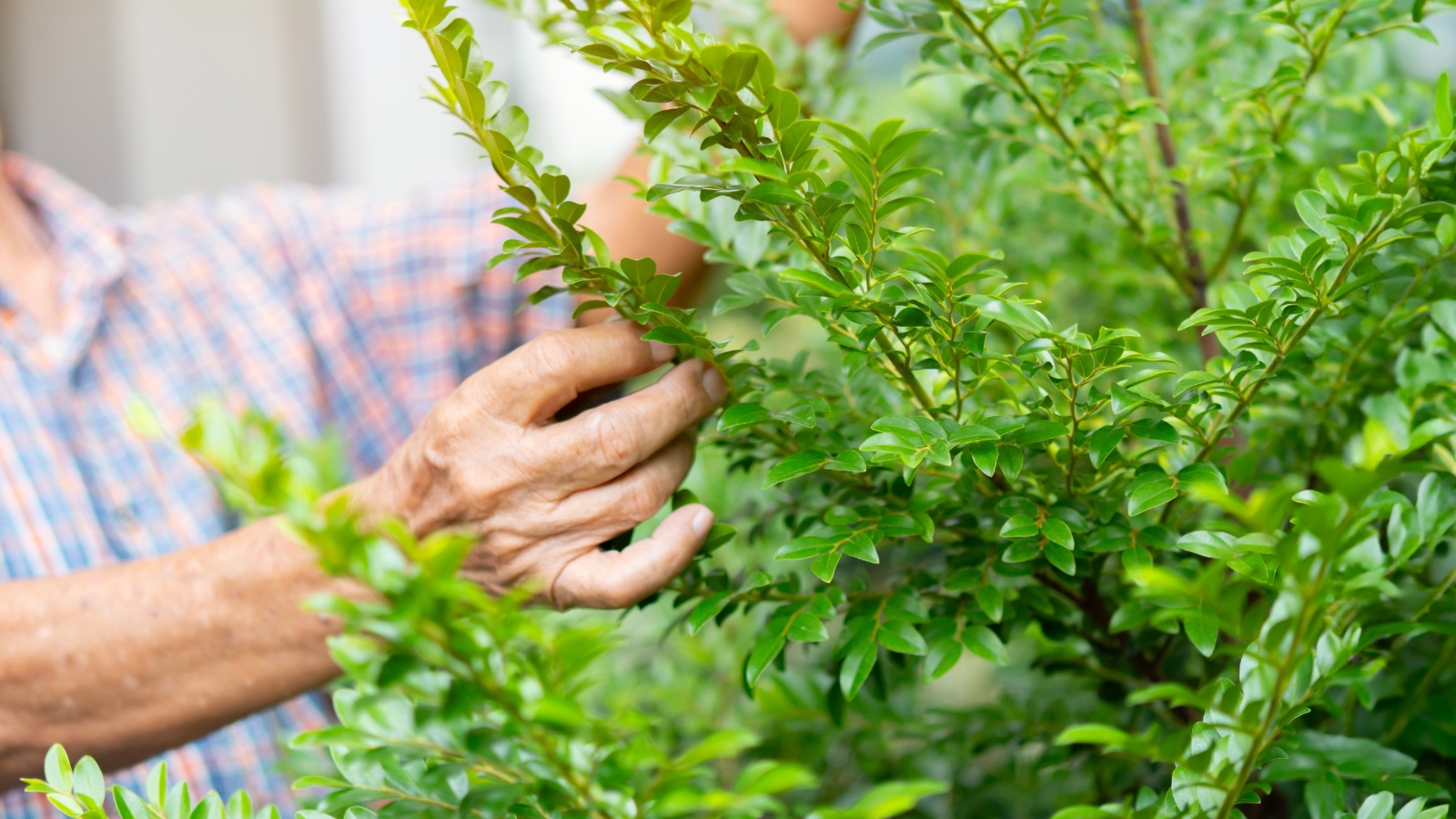

After you finish, confirm in often to see how your hedges are rising after trimming. Seek for any bare sections, pests, or browning of the leaves that may signal sickness or malnutrition.
To keep up your vegetation additional healthful after your trim, try together with mulch and compost throughout the bottom of your vegetation in early spring. This will likely keep nutritional vitamins throughout the soil spherical your shrubs and help them flourish for years to return.
[ad_2]
Provide hyperlink

